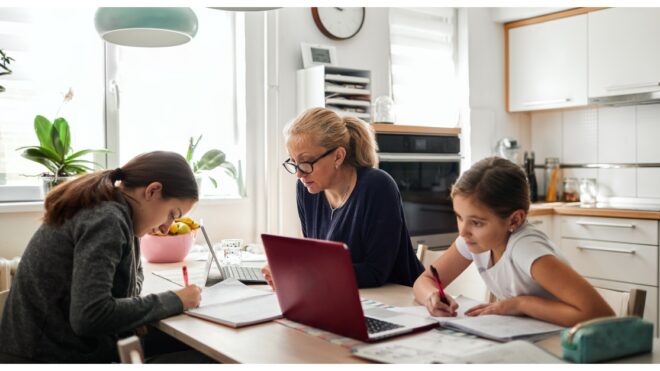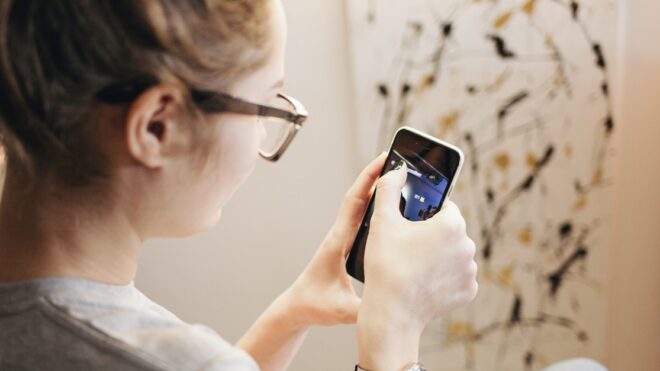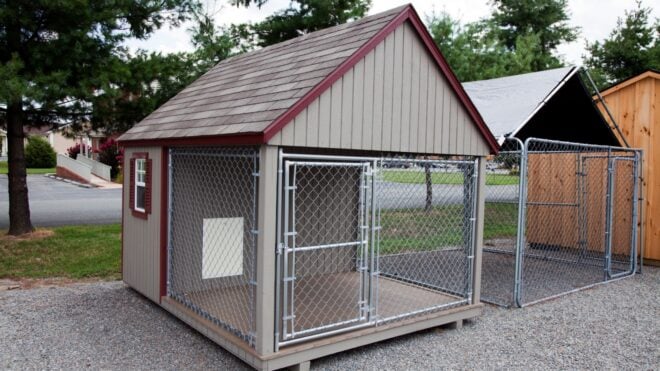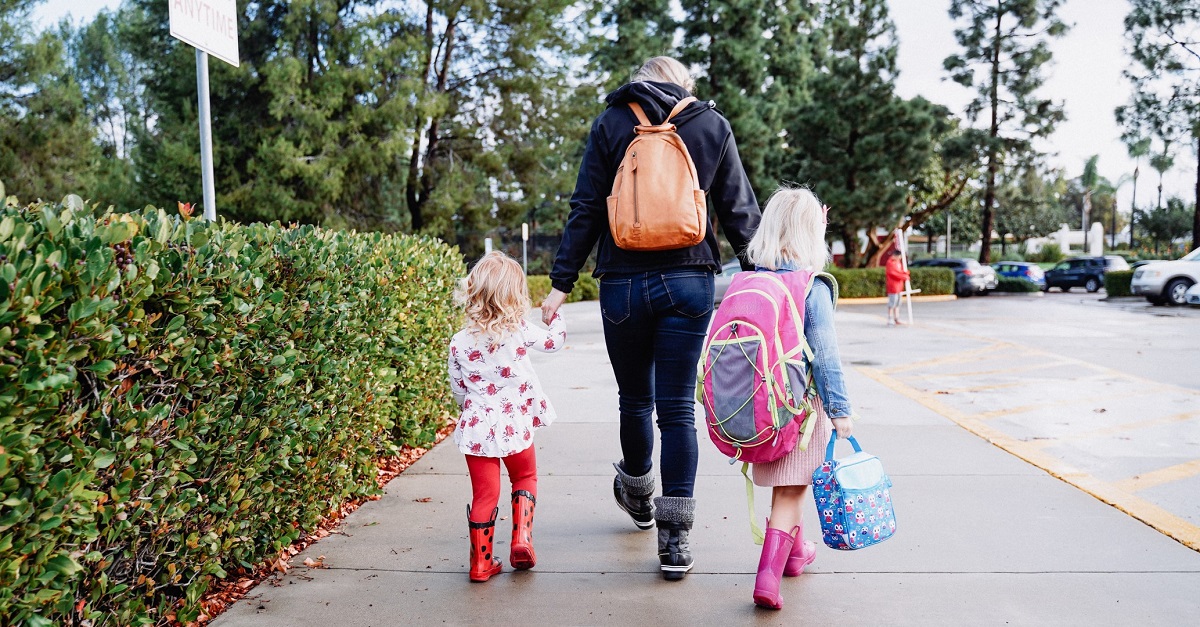
Parents everywhere are currently distressed — especially if their school district plans on physically opening this fall. The virus is still a huge threat. While there are plenty of ways to help battle the spread, all of us still need to depend on others to really see an improvement before a vaccine is available.
For adults, wearing masks can be a bit of a hindrance at times — but it's the best way to help control the spread of germs. Most adults who wear masks are also fully aware of what not to do when it comes to masks. For one, it's always best to keep your nose covered in addition to your mouth.
Kids, on the other hand, may not have the same amount of patience. So it's a nerve-wracking situation for parents. For the first time, parents aren't able to have as much control over the virus once their kids are out of the house. Even though children might not be getting sick as often as the elderly, they can still carry the virus. In fact, The New York Times reported that children are excellent at carrying the virus at high levels.
For teachers, it's worrisome to think about going back — especially teachers with underlying conditions. That's why it's important to teach your kids the best ways to be safe. Here are some good ways to start.
1. Keep stressing the importance of handwashing.
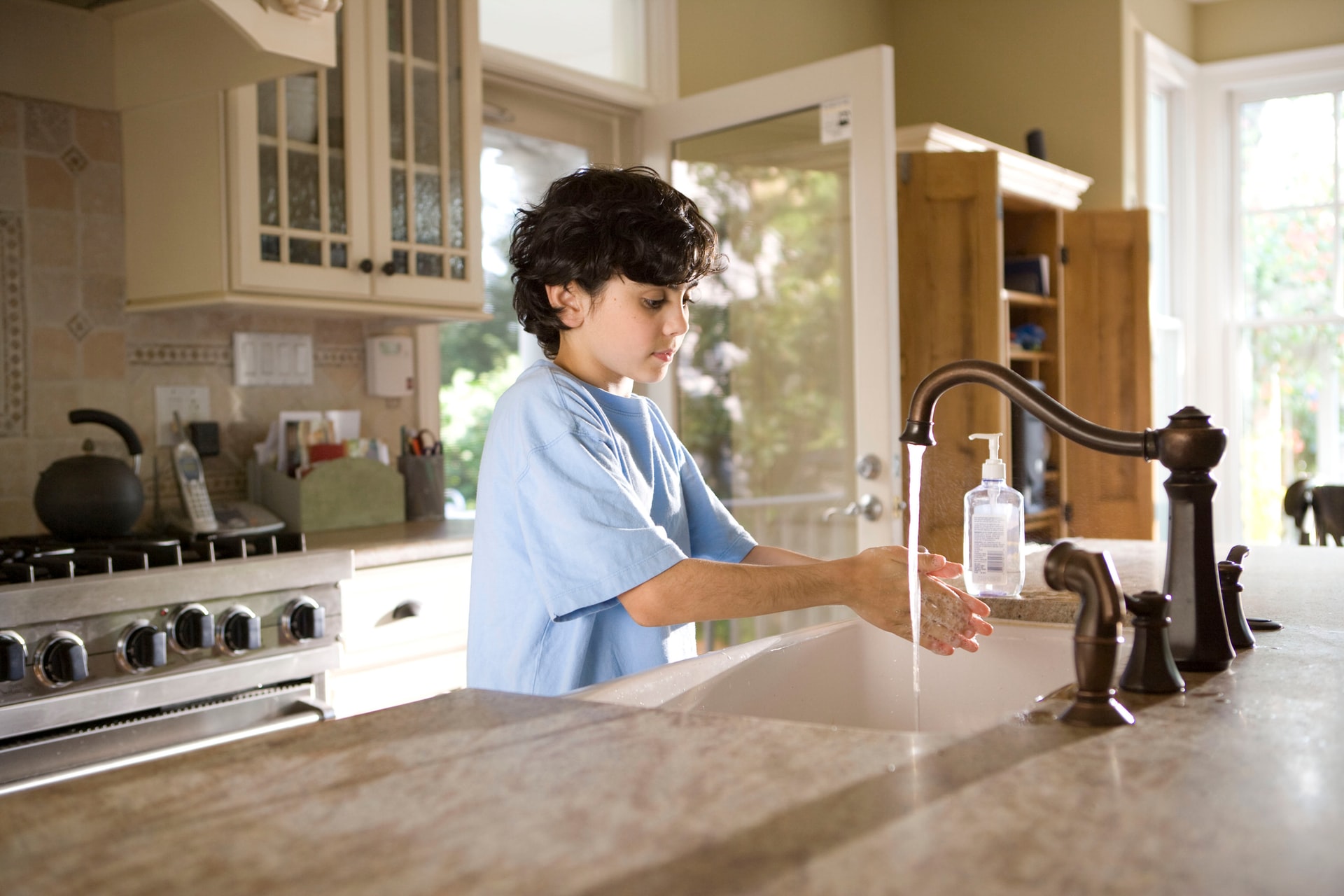
Washing hands should be an important part of the day even without a virus to openly worry about. According to the Centers for Disease Control and Prevention, "Many diseases and conditions are spread by not washing hands with soap and clean, running water." Kids should be washing their hands whenever they get a chance. It also may be a good idea for them to bring hand sanitizer in the school with them if their district allows it.
And parents, it's also important for kids to wash their hands correctly. According to The Atlantic, it's something that — sadly — 95% of people don't do right.
2. Show your children what 6 feet of distance looks like.

Kids, unfortunately, won't have much say in how their classrooms are arranged. But no matter what, you'll want them to be able to visually imagine 6 feet of space. That way, they can mentally figure out how much of a distance to keep among their peers.
With photos of crowded hallways in schools that have already chosen to reopen, it's a sad reminder that this very basic rule may be hard to follow. But it's still very important to stay healthy.
3. Remind them that virus jokes are never funny.
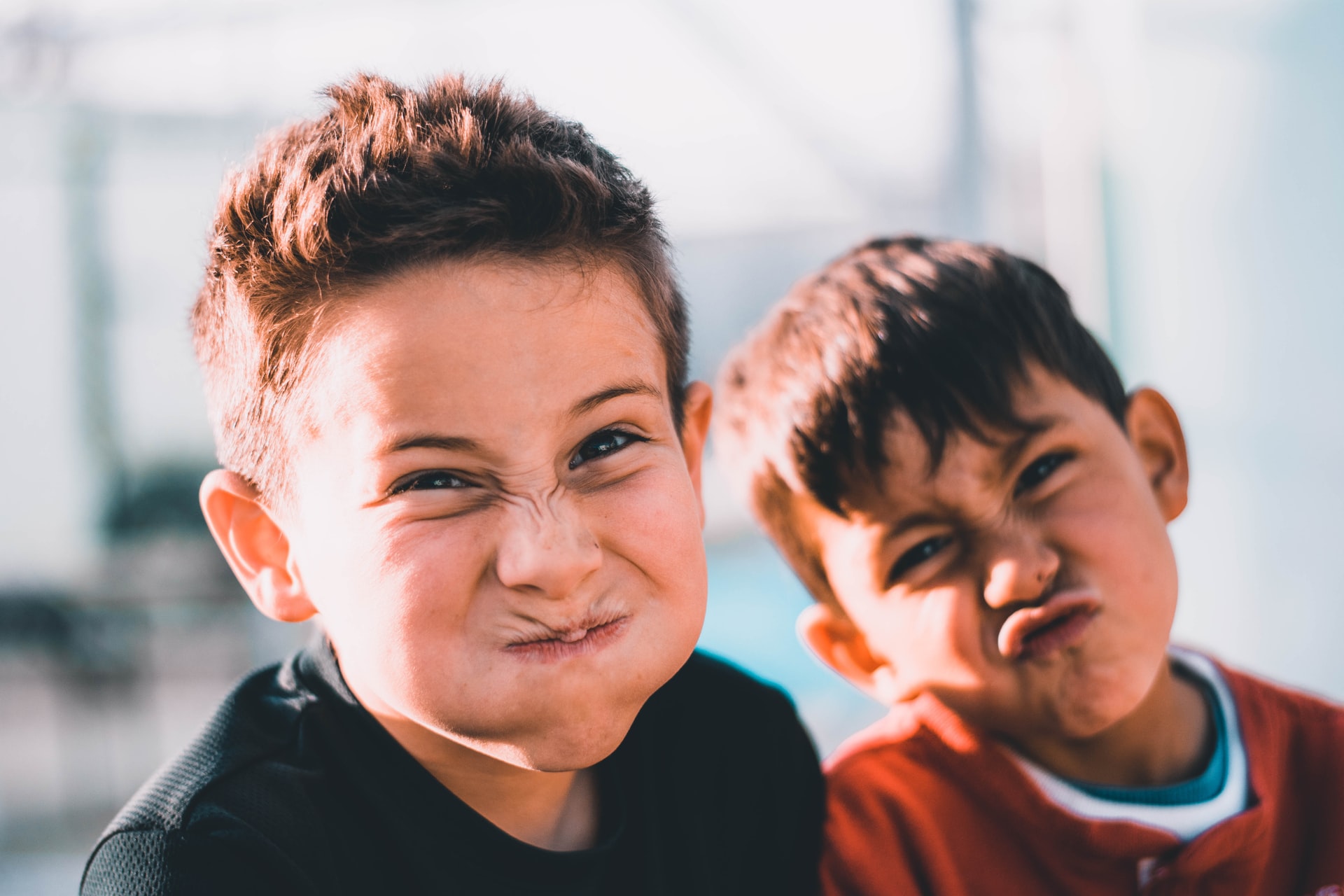
Kids can have an immature sense of humor. That's OK — everyone goes through that stage. However, these days, they need to be more careful about what they say. Pretending to cough on someone or stealing someone's mask from them is actually quite serious, even if they don't intend it to be. It can also come with severe consequences.
Sit down and have a talk with your children so that they know about the boundaries. It's OK for them to have a sense of humor, but pranks should be off the table right now.
4. Teach them how to spot credible sources.
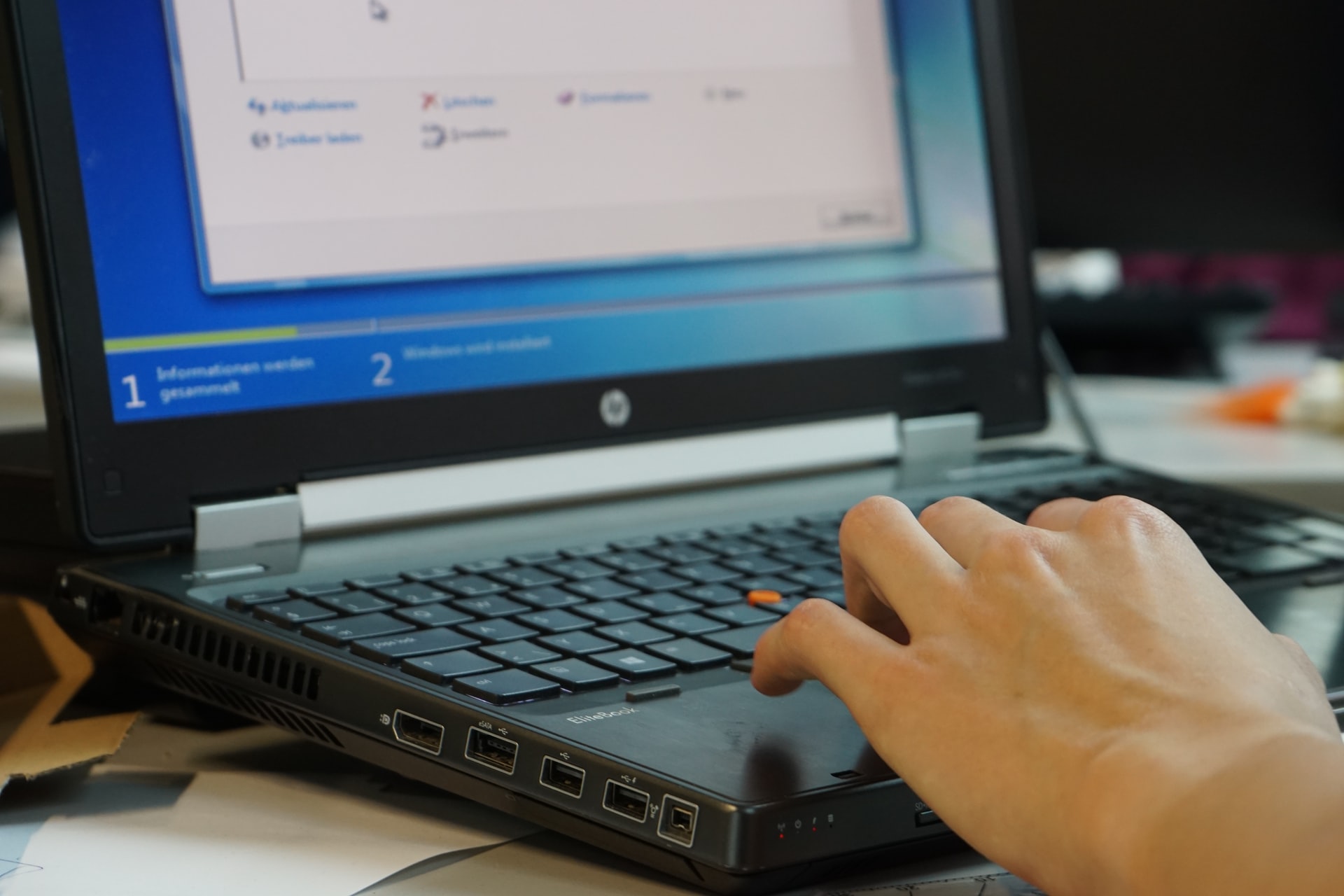
This is a good life lesson that everyone should know. Teach your kids how to spot credible sources, and let them know the most accurate places to get their news. Let them know that their best friend's mom isn't necessarily a trusted source when it comes to news. Since the virus is still so new, it's important to trust the scientists who are studying it every day.
Several apps have been created that also fact-check sources. Teach your kids how to use them before they, themselves, spread false information.
5. Remind them that now's not the best time to share.
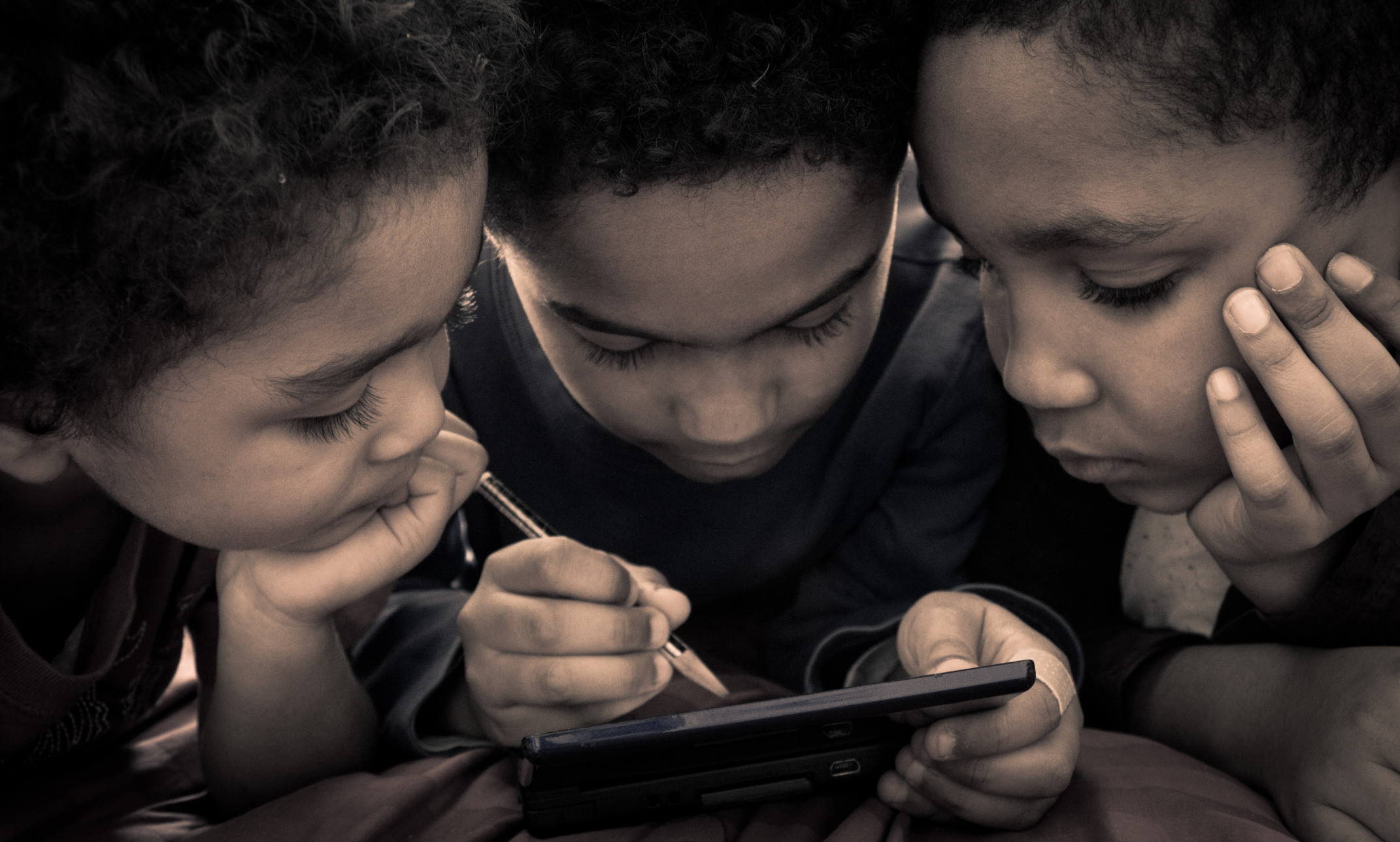
Sharing is a wonderfully kind gesture. Under normal circumstances, it's great for kids to share their supplies with others. But sadly, now's a good time to be more careful. Your kids may be instructed to bring their own supplies to certain classrooms. Let them know that if someone wants to borrow a crayon or a pencil, you should just let them keep it for the time being.
If that's too hard, just know that the chances of spreading the virus this way are slim. The CDC says that "the virus can survive for a short period on some surfaces, [but] it is unlikely to be spread from domestic or international mail, products or packaging."
6. Talk to your kids every day about school protocols and their feelings.
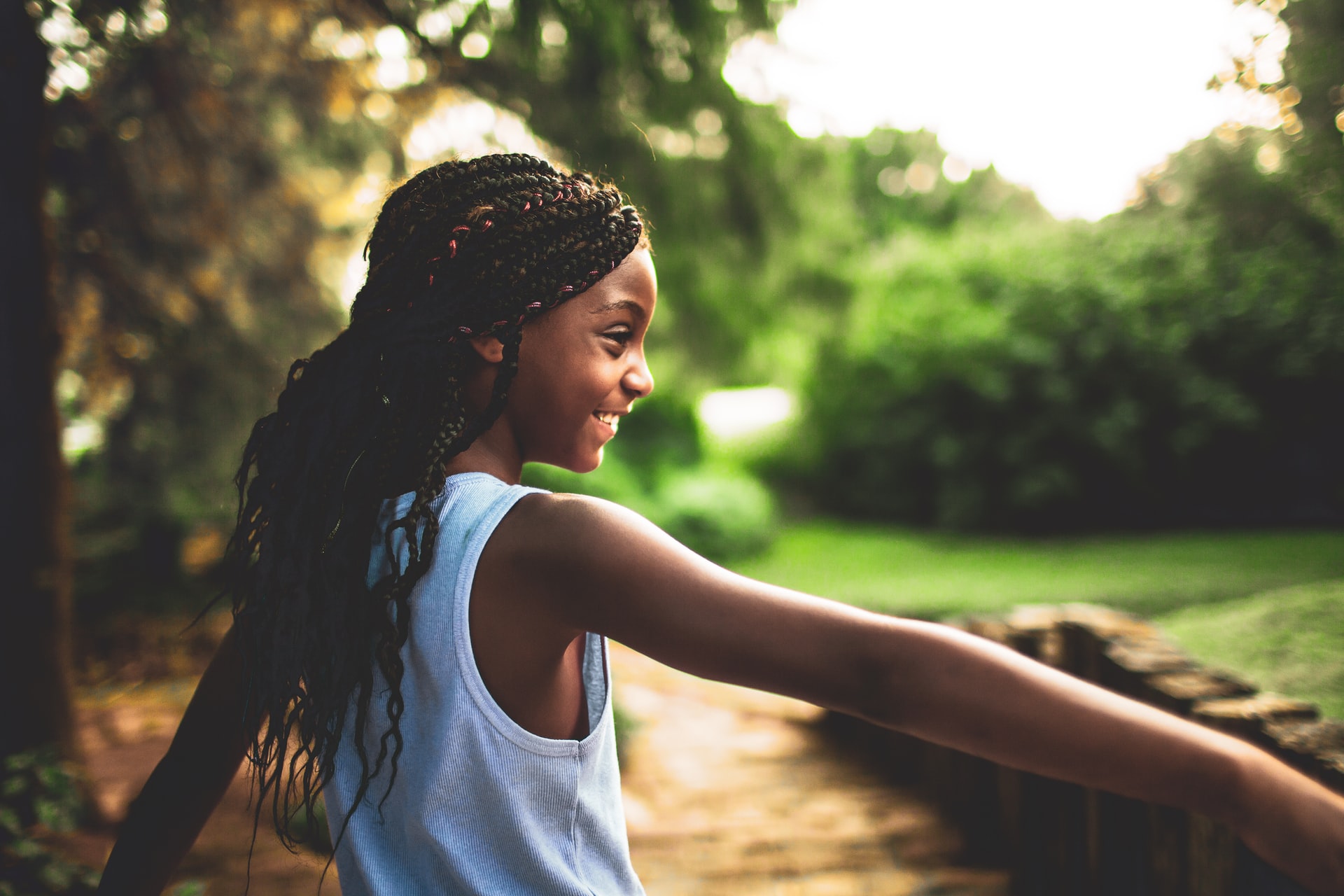
As a parent, it's important for you to know what's happening at school. The first week or so may be a little hectic as everyone finds their groove, but it's important to listen and care about how your kids feel about everything. Some children aren't afraid to enter school again. Others are terrified. This is a vulnerable time for your kids, and it helps to hear their stories and try to brainstorm solutions for them to feel more secure.
7. Remind them about respect.
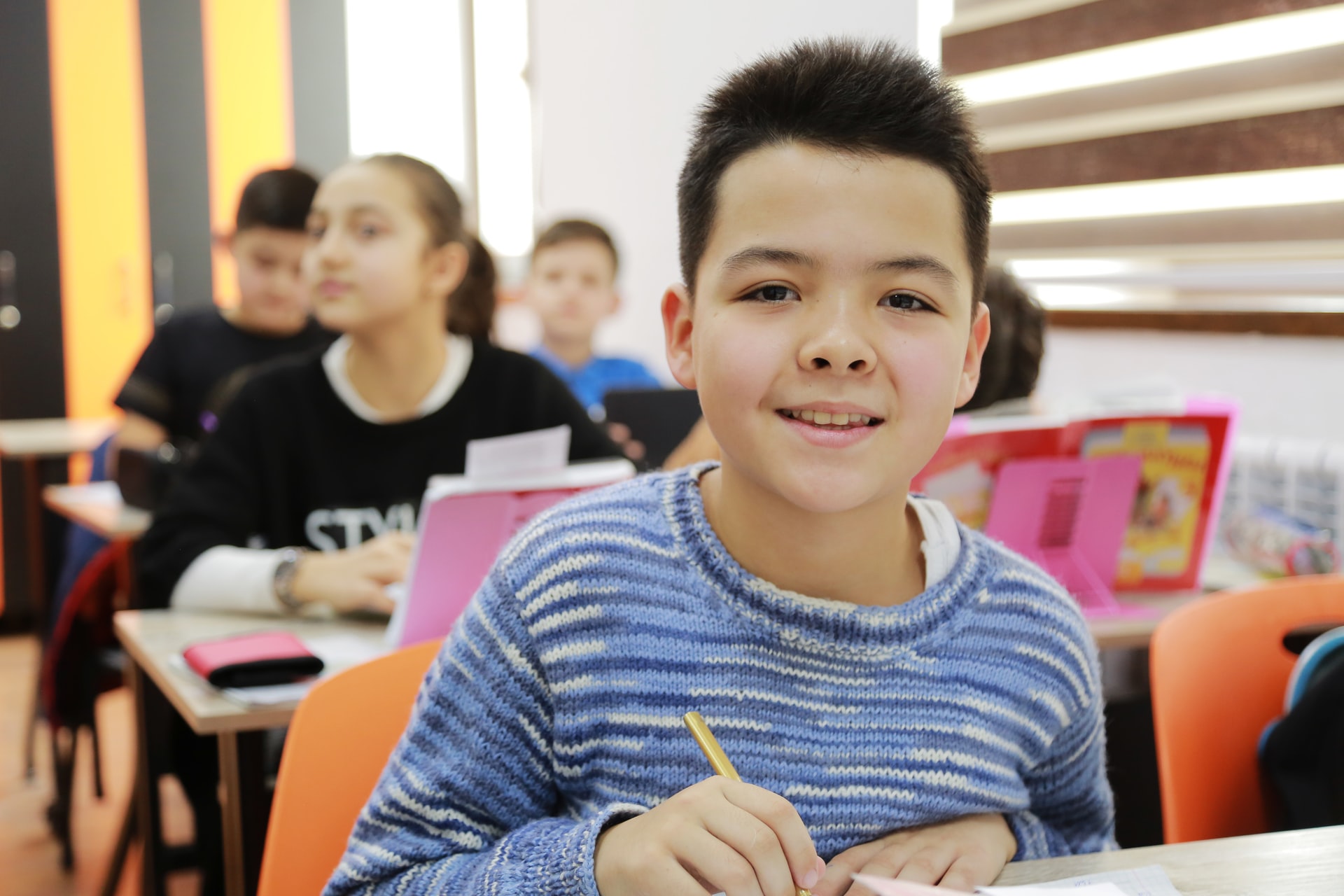
Your student's teacher is likely terrified right now to go back to school. Talk to your children about making the process as easy as possible for the educators they interact with. Students should know to respect the boundaries set up by their educator — and vice versa.
Without respect for others, this situation would be much harder. That's why masks have been said to be so important. As Forbes points out, a mask tells your community that you respect them and care about their health. Tell your children that, as uncomfortable as their mask may be, it's important for health and also as a courtesy to their classroom.
Always check with your health care provider concerning any symptoms you may be experiencing, and seek the most accurate information from the CDC and your state's health department.</

